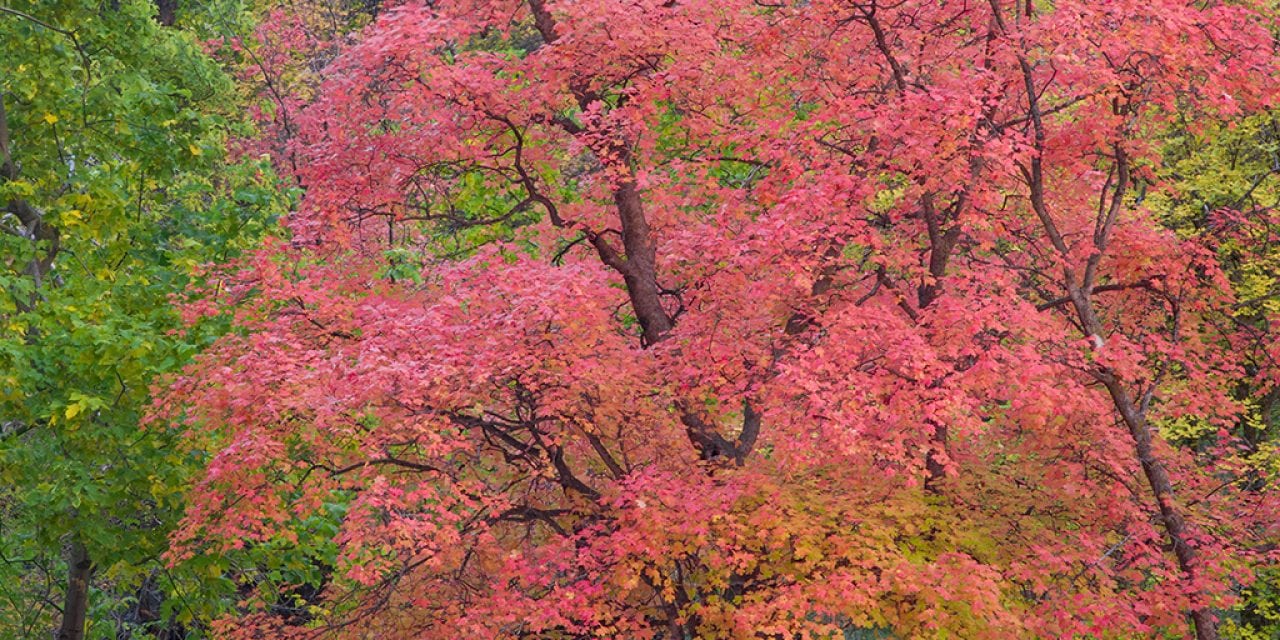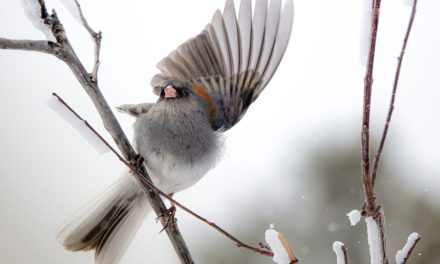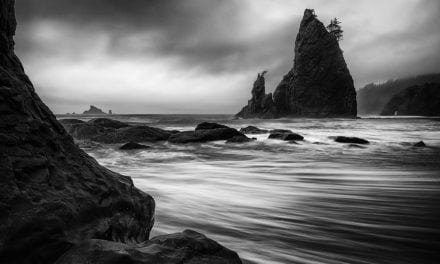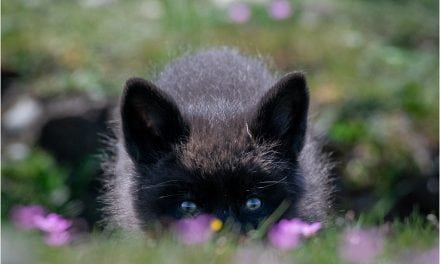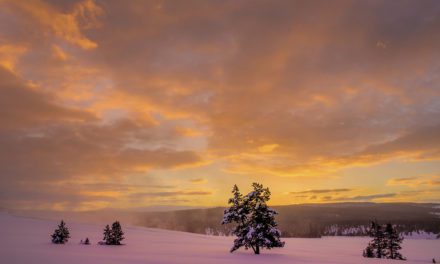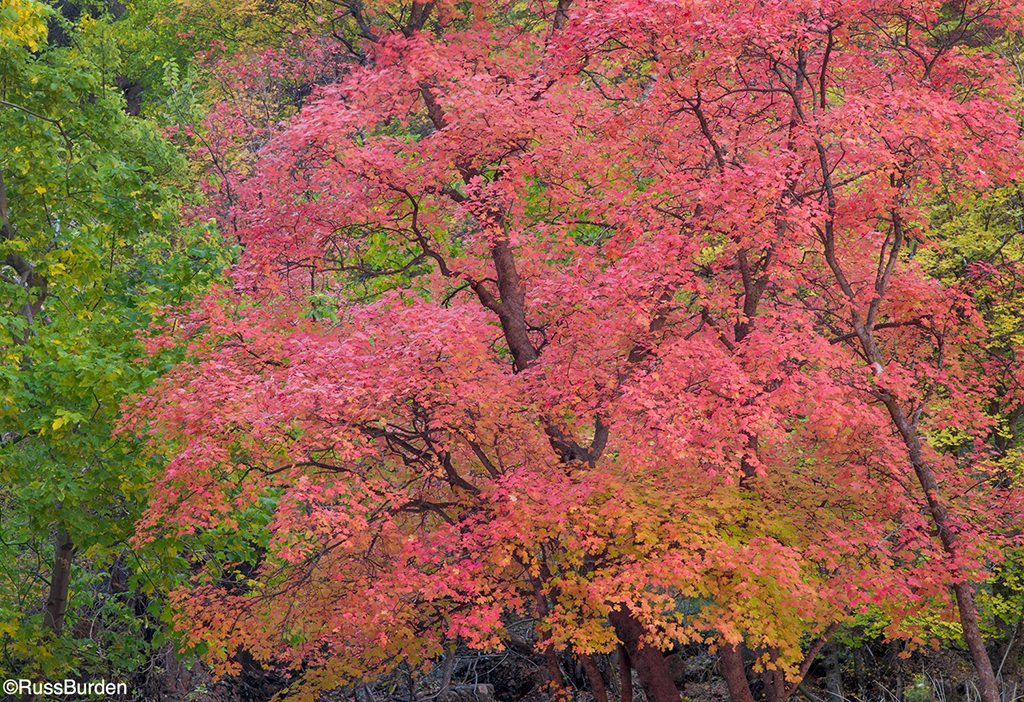
Fall foliage season is upon us, so I’m going to share some tips for you to try when you head to your favorite deciduous grove to capture it in its glory. The sound of shutters will ring louder than the whistling wind that causes leaves to detach themselves from their summer homes. Landscape photographers feel their adrenalin pump and await the arrival of reds, yellows, oranges and a morning chill in the air. If you’ve read this far, capturing nature’s arboreal fireworks interests you. Read on to see what you can do to make your autumn captures as spectacular as the color you’ll encounter.
Capture that Reflection: Early morning is a prime time to make autumn images. Be at your location before the sun comes up because dawn light may produce dramatic photos, there are less people, and animals may appear. Another reason to be out at sunrise is there’s less wind, which translates to calm water. Calm water means clean reflections. Incorporate the reflection into your composition. Spin the polarizer to lighten it up. The effect is visible through the viewfinder and can be verified on the LCD. A graduated neutral-density filter can help darken the “real” part. This will bring the exposure value of the reflection and the real part close together to get an even exposure and softer contrast ratio.
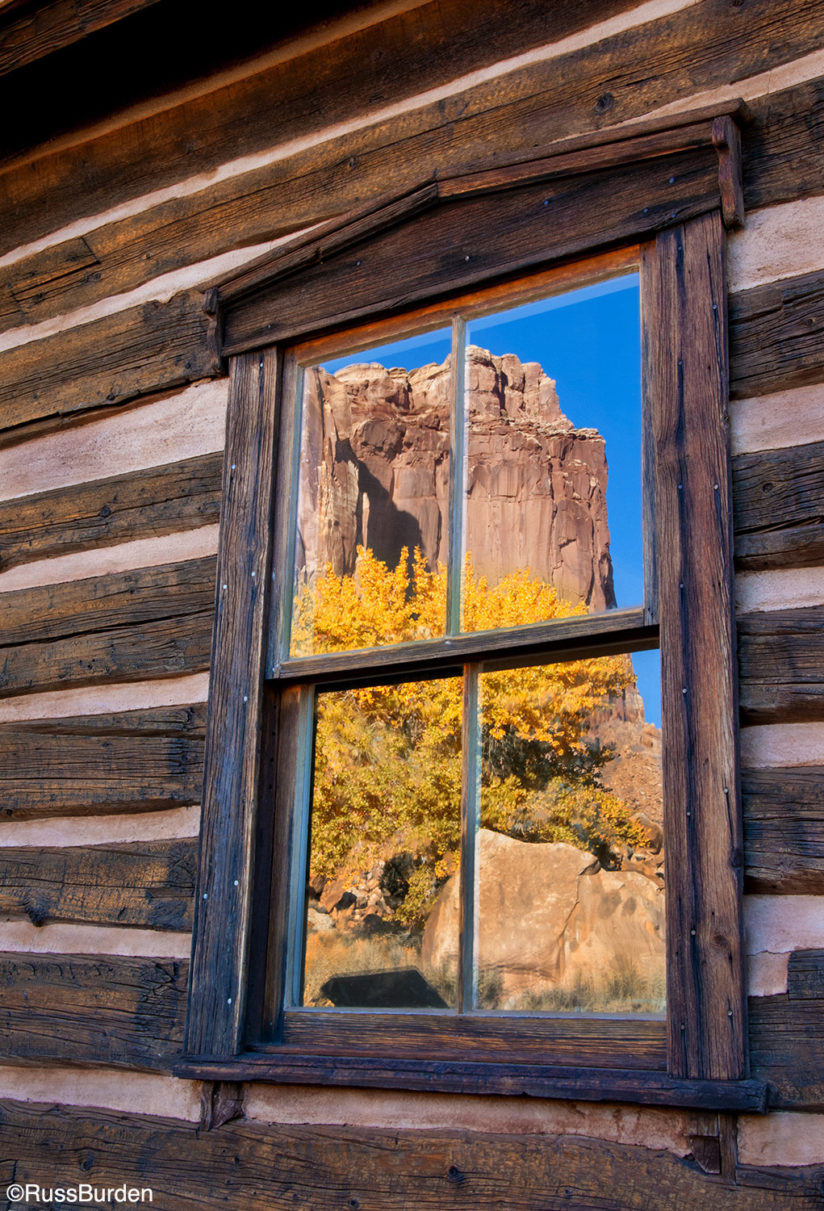
Details: Don’t overlook details that appear everywhere. Spend an entire session with nothing but your macro lens. Force yourself to go beyond the gorgeous tree, rolling hillside of color or iconic S curve in the river. Go close to the bank and look for small pockets of still water and capture the reflection on its surface. Find the fallen leaf that sits atop a stone and make an intimate portrait. Slow down the shutter to capture the effect of water dancing around its perimeter. Head back into the forest and look for details at your feet, at eye level and on branches. Find a lone leaf dangling from its stem that awaits its inevitable descent. Incorporate a blue-sky background or play with depth of field to create a wash of out-of-focus color. Study the forest floor to find a macro landscape. Look out at eye level for a leaf that may have gotten lodged in a section of bark. You may wind up with so many winners, you keep the macro lens on for more than one session.
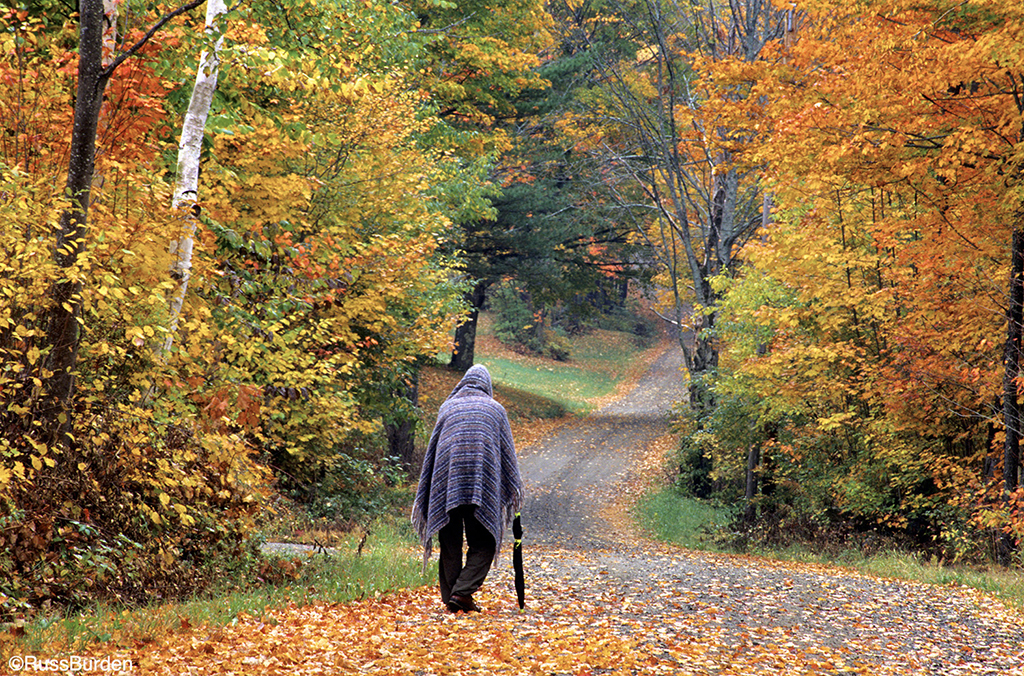
Use a Polarizer: Deepen the blue sky with a polarizer. Not only will it enhance its color, it removes glare from the leaves, which allows more saturated color to come through. Work at right angles to the sun so the polarizer has its maximum impact. If you feel the sun warming either of your cheeks, you’re in the right position. If the sun is in your eyes or hitting the back of your head, the polarizer will have little or no effect. Create compositions that have balance. Simply including blue sky and yellow foliage doesn’t produce a winner. If the sky lacks interesting clouds, minimize it and include just a small section of blue at the top of the frame.
Sweet Light: Regardless of the subject matter you shoot, the time of day at which it’s photographed is critical. Since photography is “All About The Light,” choosing the right time of day to make your photos determines their success. The quality of light at sunrise and sunset is unrivaled for its beauty and color. It provides a rich warm tone, it’s low on the horizon and rakes your subjects with magnificent sidelight. There’s a softness that can’t be had at any other time of day. Getting up early for sunrise may not be easy, but in the autumn it’s easier to accept, as the hour at which the sun rises is later than if you were photographing sunrise in mid-June. As if these factors weren’t enough to convince you to photograph early and late in the day, there’s also the potential for a magnificent autumn sunrise or sunset to add drama and intrigue to your photographs.
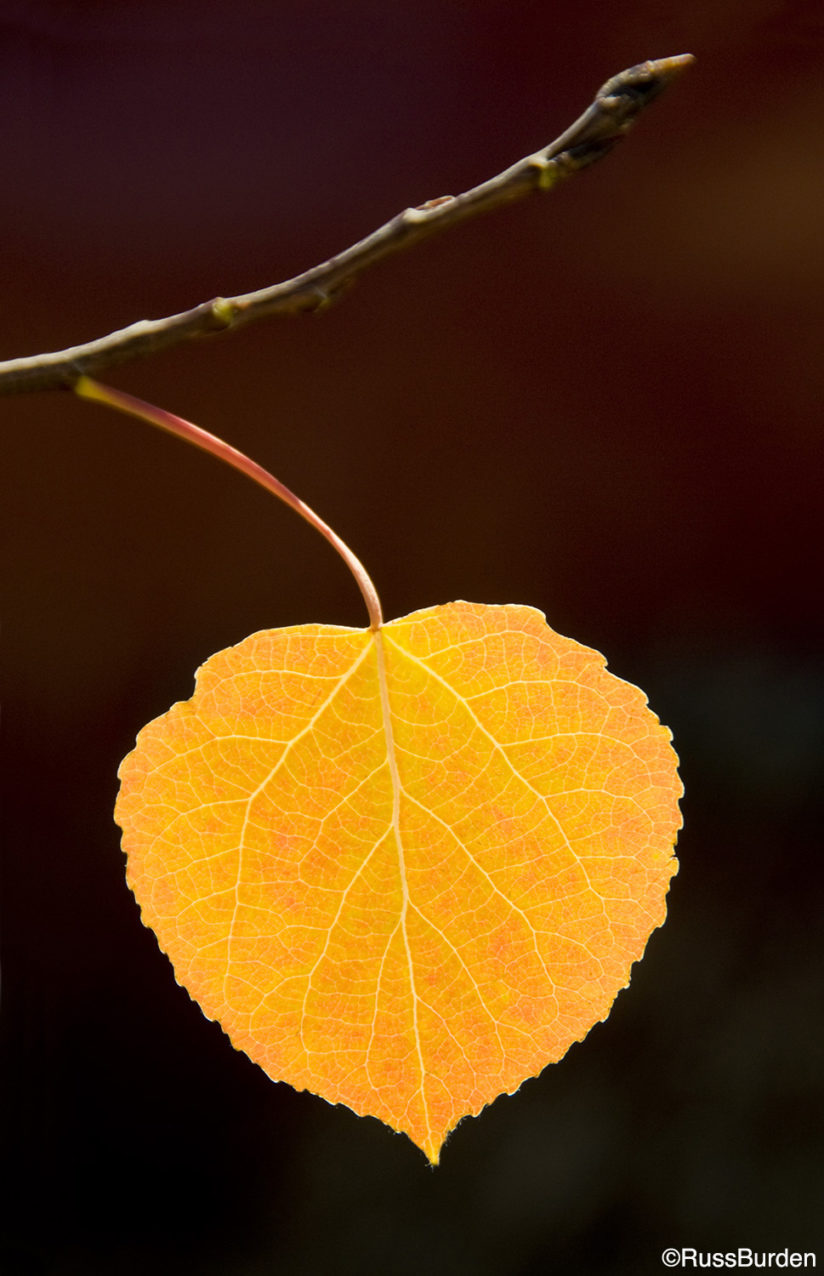
Colors That Have Contrast: Colors found on opposite sides of a color wheel are great to incorporate into a composition. If you’re familiar with the color wheel, blue and yellow are opposites. Talk about an autumn match made in heaven. Crisp, clear, blue skies integrated with the fall color of yellow, and life is good. Since red and orange are in the same color family as yellow, it’s no wonder why fall foliage set against a blue sky works so well.
Visit www.russburdenphotography.com for information about his nature photography tours and safari to Tanzania.
The post Five Favorite Fall Color Tips appeared first on Outdoor Photographer.

